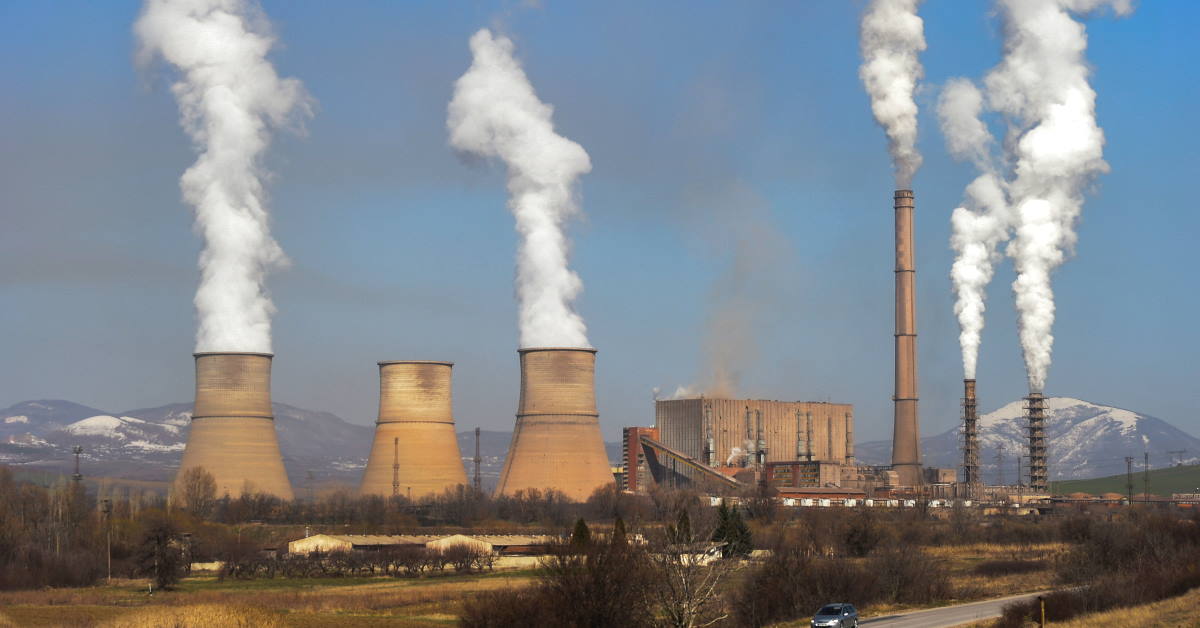According to the latest Intergovernmental Panel on Climate Change (IPCC) report, we will overshoot the 1.5 degree Celsius (C) Paris Agreement threshold from the most to least optimistic scenario unless deep reductions in carbon dioxide occur now. As time is ticking towards mid-century, carbon sequestration could be the fundamental option to reduce emissions rapidly and decelerate global warming.
Several countries have started investing in Carbon Capture and Storage (CCS) technology. They believe it could be the key to curb emissions as the world shifts to renewable energy (RE).
In 2020, the United States (US) President-elect Joe Biden made a surprising announcement of an aspirational goal to make carbon capture technology widely available, part of the US$2 trillion Climate Plan, to curtail greenhouse gas emissions during their campaign. In just three months, the notion has been injected into various policies. Following the suit, Australia’s Prime Minister, Scott Morisson, allocated a further US$263.7 million government investment in CCS development.
So, what is CCS, and why is it crucial in emission reduction for a rapidly growing region like ASEAN?
To put it simply, it works like a giant vacuum cleaner that sucks carbon dioxide (CO2) emissions from plant tailpipes preventing them from being released into the atmosphere. It integrates technologies that capture, compress, transport and inject CO2 underground.
According to the Global CCS Institute, among the 65 listed and 26 commercial CCS facilities currently in operations - none of these is in ASEAN. Indonesia, however, is now in the process of developing its pilot and demonstration facilities.
Existing CCS facilities today could capture 40 million tonnes of CO2 (MtCO2-eq) per annum, corresponding to about 8.7 million vehicles taken off-road for a year. As impressive as it may seem, we need to scale up this capacity to every carbon-emitting process to achieve the Paris Agreement target.
While key issues to its wider adoption remain the cost and safety, more specific barriers to its adoption in the ASEAN region include the lack of recognition of the CCS as mitigation technology. Therefore, it has yet to be incorporated into the national policies of ASEAN member states (AMS).
There is a stigma that developing CCS would mean promoting the deployment of the new coal-fired power plant projects. Beyond the stigma of its application to fossil fuel plants, CCS should be seen as a means to smoothen the region’s transition into decarbonisation.
Looking at the 6th ASEAN Energy Outlook - a flagship publication of the ASEAN Centre for Energy (ACE) that explores the energy futures of the region, there is a projected increase in coal capacity in ASEAN to about 206 gigawatt (GW) in 2040 from 79 GW in 2018 despite the successful implementation of AMS’ existing national RE policies.
If emissions from this projected coal fleet are left unabated, estimated annual emissions can reach 1,021 MtCO2-eq in 2040, which is a stark difference from the existing global CCS capture capacity.
Recently, governments like Indonesia, Vietnam, Malaysia, and the Philippines have also expressed commitment to phasing coal. So, if a coal moratorium on newly built plants is implemented, emissions from the existing coal fleet would still reach around 400 MtCO2-eq per annum.
To date, CCS is the only current feasible option to substantially decarbonize emissions-intensive industries, which have no choice but to emit CO2 and other pollutants, such as refineries, chemicals, cement, and steel production. These industries may not always get highlighted as emission hot spots, but coal combustion for manufacturing purposes also emits about 100 MtCO2-eq per annum in the region.
The US and Australia’s strategic plans both recognized the deployment of CCS in “hubs” to resolve the issues on cost. These hubs promote the sharing of the CCS infrastructure for small-to-medium industrial and power facilities in relatively close range. For plants that produce more negligible emissions and could not afford to build an independent CCS system, sharing CCS facilities is a plausible solution. This mechanism relieves the financial burden due to low investment risk. It could also avoid asset stranding and reduce interdependency risks compared to the single-sourced industry due to more flexible compression from diversified emission sources.
CCS installations in carbon-intensive plants ensure the sustainability of their operation that contributes to mitigating the unprecedented climate impacts of the industrial sector. New business opportunities are also anticipated in this mechanism. However, some measures in terms of commitment, investment, control, and communication must be planned thoroughly in advance when deploying CCS hubs.
As a shared facility, private pooling capital costs for investment will likely increase the risks of a dispute over control and maintenance. At this point, the commitment of each member might be critical. Hence to scale up, the government is advised to pitch the value chain through initially own the infrastructure and develop the hubs. As more emitters connect and the interrelation between them achieve a certain point, the government may sell the infrastructure to the private sector for a profit. Several projects that started or have already implemented similar business are Australian’s government CCS hubs and Rotterdam Hub in the Netherlands.
Essential Four Steps
But to reach this point in ASEAN, four steps are deemed essential to be taken first to start the development of CCS hubs, especially in their application in the industrial sector.
First, conduct studies beyond feasibility assessment, including source-sink mapping, transport network planning, and storage assessment studies in key emerging hubs among AMS like Indonesia, Singapore, Malaysia, Thailand, Vietnam, and Brunei. Dissemination of the findings will effectively improve public awareness of the benefits.
Second, establishing of enabling regulatory framework and policies on undertaking pilot, demonstration, and commercial deployments in terms of liability and transboundary transport and storage based on the three-legged stool approach where government, industry, and financial institutions shared their concern.
Third, identify possible financial sources such as development banks, climate dedicated funds, etc. Followed by establishing an appropriate carbon pricing mechanism to enhance economies of scale and lower investment costs.
Lastly, organise technology and knowledge transfer to support the deployment of such technology with ASEAN countries partners. A strategic partnership on upskilling would be needed to support the deployment.
It seems like a long journey before CCS deployment in ASEAN can be realised. The stigma that developing CCS would mean promoting the new coal-fired projects would make this journey even longer.
But if the ASEAN region would view the technology as an effective means of decarbonising the carbon-intensive industries - CCS deployment can be seen as a relevant and critical strategy that compliments the region’s renewable energy and energy efficiency efforts.
The views expressed in this article are the author’s own and do not necessarily reflect those of The ASEAN Post.


